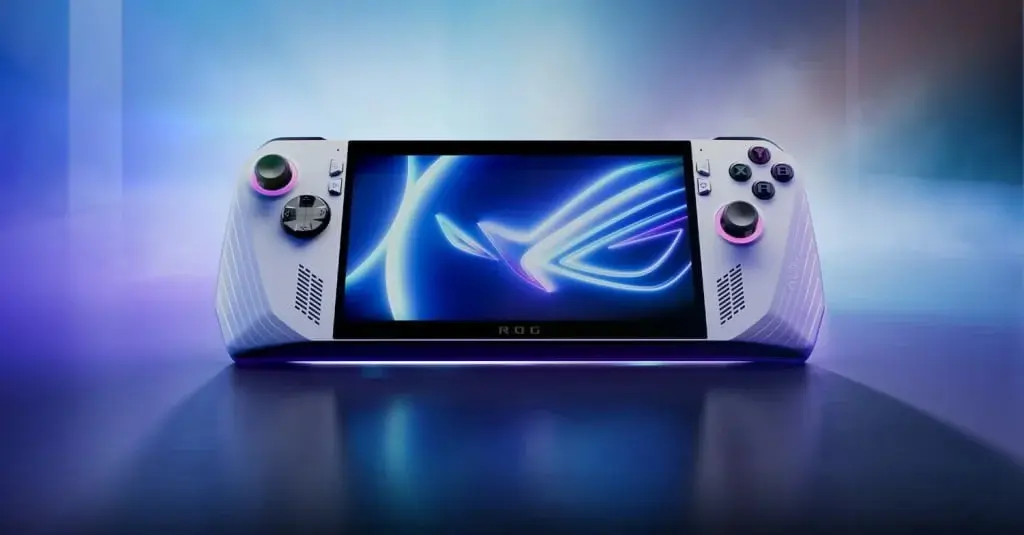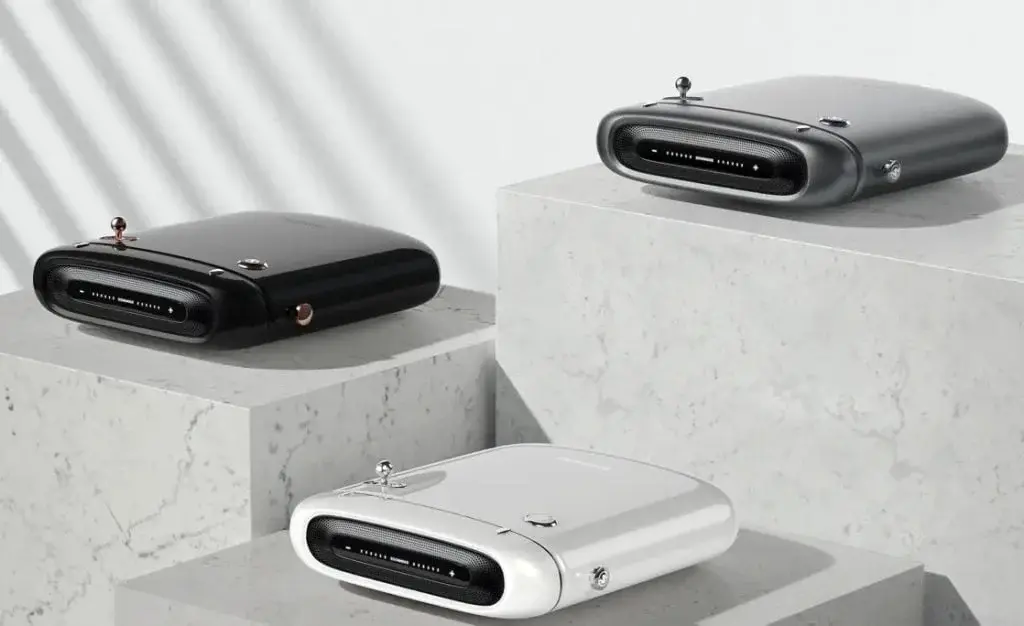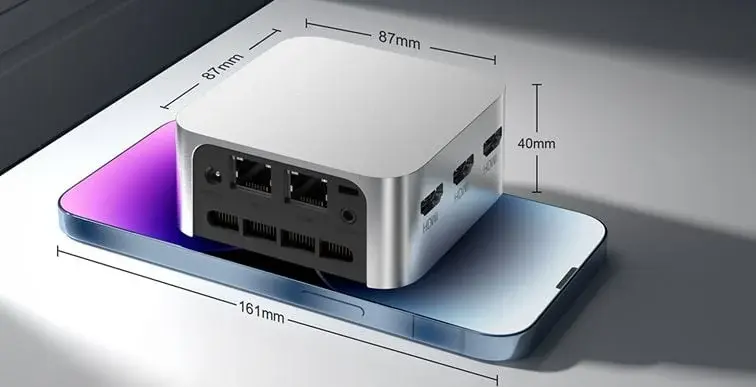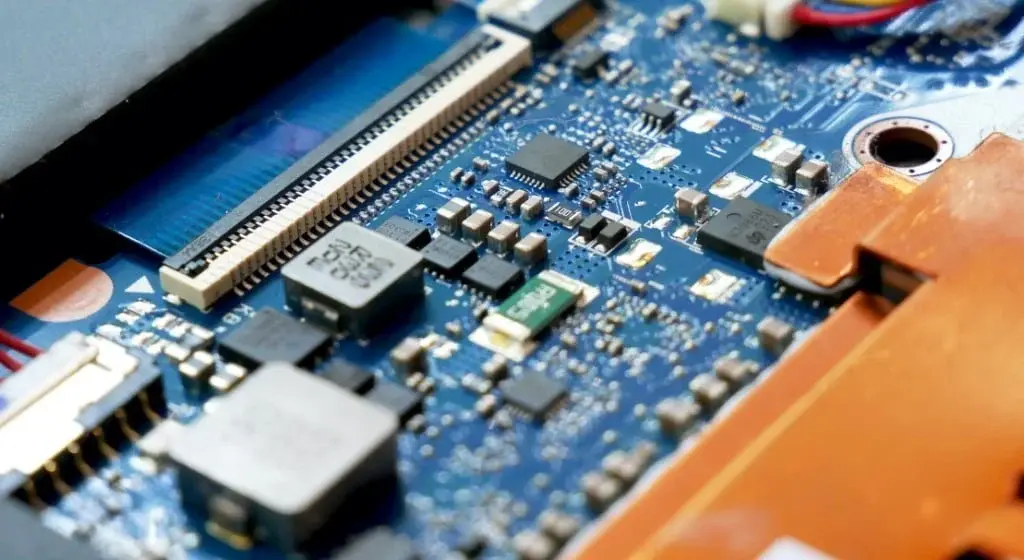ASUS Enhances ROG Ally with ACSE 1.4.5 Update
ASUS is taking proactive steps to enhance the gaming laptop experience on the ROG Ally. The recent rollout of the ACSE 1.4.5 update on November 30th via Armoury Crate SE introduces a range of exciting features and improvements.
Gyroscope Controls and Calibration Enhancements
An outstanding highlight of this update is the integration of gyroscope controls. ASUS goes the extra mile by incorporating calibration settings to elevate the gaming immersion. Users can activate this functionality by navigating to the Game Profile within ACSE and switching the Control Mode to Auto. It’s worth mentioning that the gyroscope controls require MCU 316 for seamless performance.
Enhanced Customization Features
With the ACSE 1.4.5 update, ASUS has made substantial strides in the customization sphere. The update introduces a novel joystick "Response Curve" that grants users greater autonomy over their gaming encounters. This feature is intricately linked to MCU 316, ensuring an optimized gaming performance. Moreover, users now possess the capability to toggle CPU turbo boost in the Eco Assist settings, empowering them with additional control over their device’s efficiency.
Improved Utility and User Assistance
Listening keenly to user feedback, ASUS has refined practicality with the ACSE 1.4.5 update. This enhancement allows users to tailor keyboard shortcuts for opening ACSE and Command Center, simplifying their daily routines. Additionally, the relocation of the "Feedback Hub" to the Help Center streamlines user support, offering a more accessible avenue for assistance.
Seamless Social Media Integration
In a nod to social media aficionados, ASUS has seamlessly integrated the sharing of captured images and videos on renowned platforms such as Discord and TikTok. This integration streamlines the process of sharing gaming highlights with friends and followers.
Revamped Aesthetics and Real-Time Monitoring Layouts
Dedicating attention to aesthetics, ASUS introduces multiple Real-Time Monitor layouts, presenting users with Off, Minimal, Row, and Square options to choose from. This freedom enables users to select the layout that best complements their preferences and enhances their gaming journey.
BIOS 334 Update
Preceding the ACSE 1.4.5 update, ASUS released the BIOS 334 update on November 22nd. This update primarily rectified a bug within ACSE’s Real-Time Monitor that caused inaccuracies in battery wattage readings.
The ACSE 1.4.5 update epitomizes ASUS’s ongoing commitment to refining the ROG Ally gaming laptop experience. The incorporation of gyroscope controls, enriched customization options, heightened practicality, social media integration, aesthetic refinements, and bug fixes collectively position this update as a substantial and invaluable asset for ROG Ally users. To access these enhancements and new features, users can seamlessly download the update via Armoury Crate SE.










